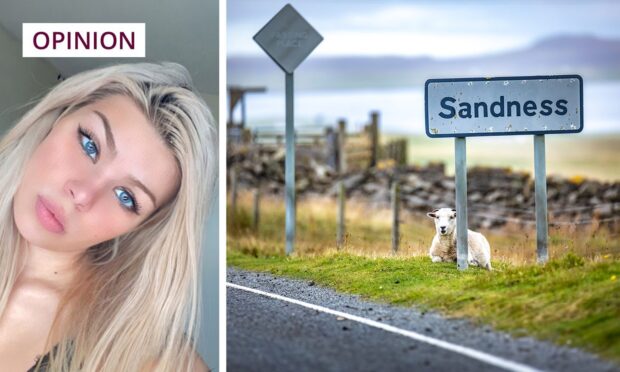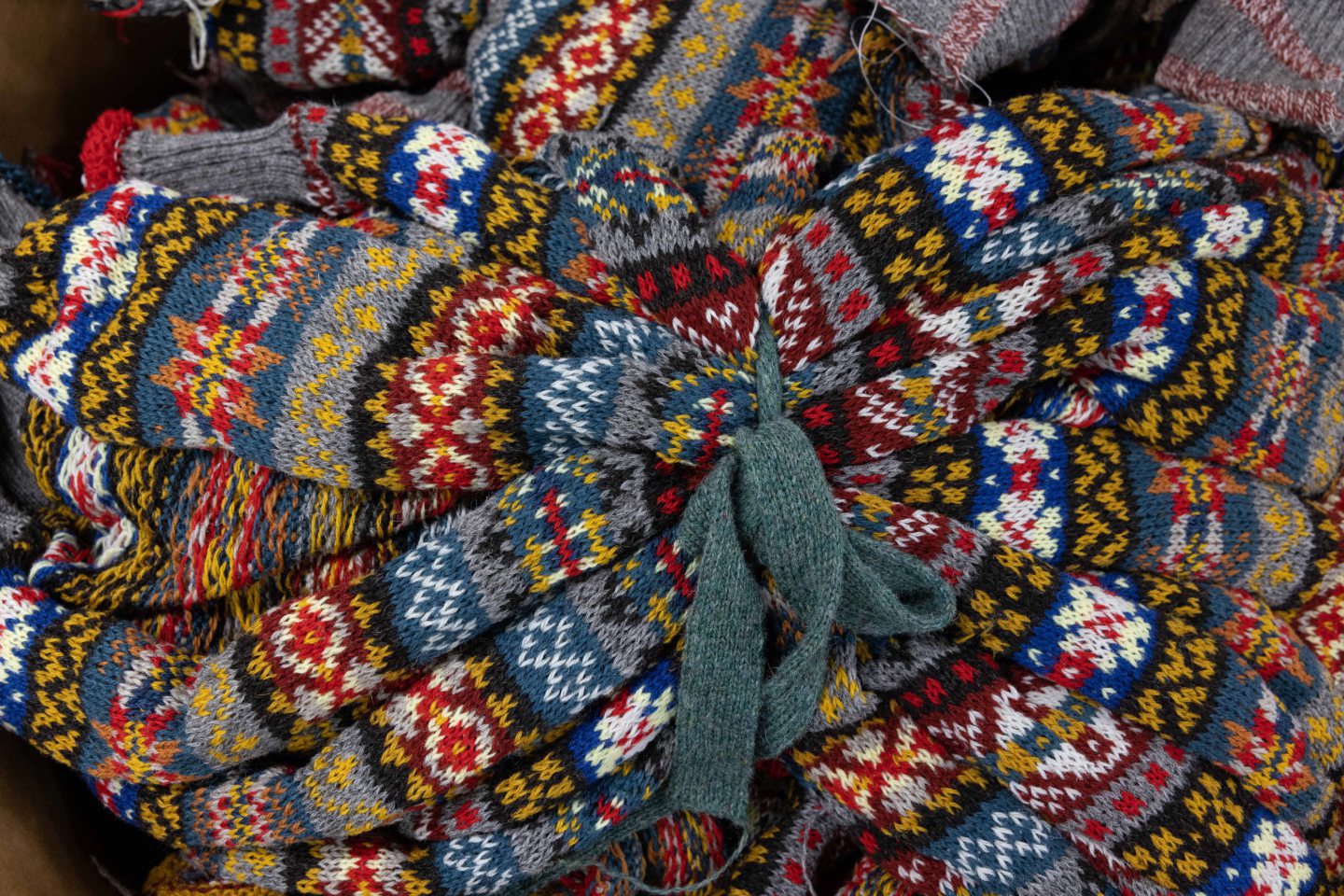Remove one letter. That’s all you have to do with the name of a tiny, lovely community in the far reaches of Shetland’s Westside, Sandness.
Sorrow is an emotion being felt by all Shetlanders this week in the wake of a 24-year-old woman’s death on Sunday. A 39-year-old man has been arrested and charged, and a heavy police presence is being maintained in the area.
The news broke for many of us via social media on Sunday evening, with reports from throughout the isles of terrified young people asking parents if they were at risk, and increasingly lurid and inaccurate accounts of what was happening. This was accompanied by snatched smartphone pictures and video from the scene.
A lack of information from the police caused great frustration to some members of the local media. This may have been understandable given the pressure on the emergency services, but meant that distressing rumours and gossip were rife and unchallenged.
Since then, while calm has descended, a real sense of grief remains. Death by violence is comparatively rare in Shetland, despite its portrayal on the BBC series of the same name as a hotbed of murderous mayhem.
Bad things can and do happen here
Shetland Island Council’s Community Safety and Resilience Board, on which I serve as an elected member for the North Shetland ward – and which does not include Sandness – was due to meet on Wednesday. Members were told on Tuesday afternoon that the meeting had been postponed due to the incident in Sandness.
In the past few days, there has been a great deal of distaste expressed locally for official news organisations’ use of scene-of-crime pictures
The board was to feature a report from Shetland’s senior police officer, Chief Inspector Stuart Clemenson, in which “engaging with the public and communities” to prevent anti-social behaviour, violence and disorder was identified as a priority, along with protecting vulnerable people “through working with partners”. The report also states that, when it comes to murder, there has been “a five-year mean” of 0.2 murders in Shetland.
Shetland still offers a warm welcome
In the past few days, there has been a great deal of distaste expressed locally for official news organisations’ use of scene-of-crime pictures, showing the house where the recent death is alleged to have taken place. This is in addition to the many informal phone snaps showing the same thing that have appeared on Facebook.
The argument is that, in a small community, the individuals concerned in the incident are immediately identifiable simply from the appearance and location of the house.
However, others have pointed out that the coverage is no different from that of similar events on the mainland. And, to quote one local: “Everybody knew within a few hours who it was anyway.”
The grief and confusion remain. How could this happen in our beautiful community? The truth is that bad – sometimes very bad – things have always taken place in Shetland, and still do.
Often, though, crimes go unreported, as people can feel they do not wish to upset the equilibrium of small settlements where people are very much dependent on one another. Where reputations can be ruined by a careless word, long-standing friendships sundered, neighbours shunned.
And there is the sheer pressure of isolation during these dark, stormy, winter months, which can take a real toll on relationships.
But Shetland is also a place where the need for support, healing and comfort is recognised and, indeed, deeply felt; where the bereaved can find solace as people who genuinely care for each other reach out.
Sandness is famous for its biggest business, Jamieson’s, where local Shetland yarn is spun and looms produce blankets and tweed. Visitors flock there from all over the world, taking comfort in the warmth of the textiles and wool produced there, and the welcome of local folk. That warmth and that welcome will not change.
Tom Morton is a writer, broadcaster and Shetland Islands councillor


Conversation